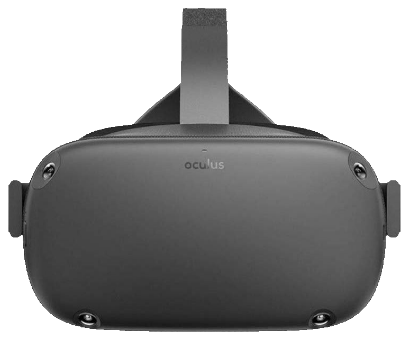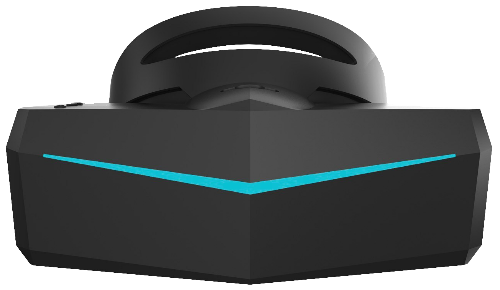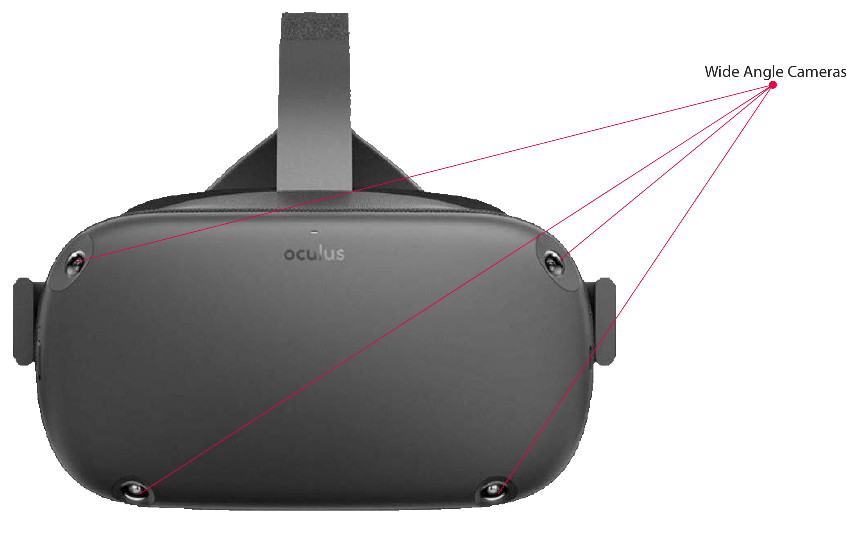Inarguably hand gestures are probably the best approach to replace touchscreens and wireless controllers. It would be much more expedient.
MarketsandMarkets statistics say that in the next 5 years gesture recognition market is predicted to grow from $9.6 Billion to $32.3 billion. Companies are capitalizing on this technology to facilitate their lives.
Customer’s preferences change with time. People are now preferring touchless interfaces. It is much more advantageous than holding some touch input devices or wireless controllers. Seeing this VR tech companies are also adopting hand gesture movement instead of holding two heavy controllers to play games or navigating web browser and menus.
In this article, we will discuss what hand tracking is, how it works in VR, its benefits, downsides, and companies that are adopting touchless technology.
Capturing the movements of humans or objects is called Motion Tracking. Playing games with no controllers in hands is always fun, thinking of it, Sony launched its first motion tracking device in 2003 for PlayStation 2 called EyeToy. EyeToy is a tiny camera that identifies body gestures by processing the captured images. Similarly, Microsoft introduced Kinect in 2010. Kinect is a motion-detecting device for Xbox 360 and Xbox One. It uses infrared technology to capture body movements.
The rise of virtual reality technology gave opportunities to the developers and headsets manufacturers to explore it more. Enjoying immersive experience with VR headsets and interacting objects with motion controllers is amazing. What if we use our own hands to control objects in a virtual surrounding instead of using motion controllers? It would be a great experience and give you a sense of freedom. Perceiving the importance of gesture controlling in VR, both HTC and Oculus the two giants of VR, introduced hand tracking features for Vive Focus and Quest. Another VR headset maker called Pimax introduced a separate module for hand tracking. HTC Vive Focus and Oculus Quest both have cameras on their headsets so no additional sensors are needed to track your hands. Whereas Pimax needs a module of cameras to allow hand tracking features. Both HTC and Oculus have announced their hand tracking features. Both have also announced the hand-tracking dev kits for developing applications with hand tracking functionality.



Cameras on the VR headsets capture the movements of your hands and then model them on screen, then a programming algorithm like Neural Networks is applied to read the position of the hands and fingers. This is also called model-based tracking. All of this information is instantly processed and re-construct into VR. The hand models are then interacting with elements in VR.

Gesture control is a new type of input system in VR. Gesture control technology mimics real-life movements that’s why gesture control feels much more natural. You don’t have to use controllers or any other physical device to interact with objects in a virtual environment. Undoubtedly, it is an excellent way of controls but still, it has some drawbacks. The technology itself in its infancy, still a lot needs to be uncovered. The hardware does not recognize your hands when they overlap. And the objects in VR do not give tactile feedback upon touching. Which is a bit of letdown.
But if researchers and developers got something to solve these issues then this technology has the potential to revolutionize the entire VR interactive ecosystem.
Human interaction with electronic devices is changing with time. People always prefer easy and natural ways to interact with the environment. Gesture control is one of the technologies which is being utilized in various fields. Virtual reality is one of the platforms that can take advantage of this technology to add natural movements and interactivity with the virtual environment. Oculus and HTC and some other headset manufactured have introduced this technology to their VR experiences. Developers are also figuring out ways to take advantage of this technology. Hand tracking technology is impressive along with its advantage of being natural and convenient it has some disadvantages too. Clumsy hand movements sometimes ruin the experience because of the rawness of the technology. Regardless of all the issues, motion tracking has a promising future.
from Linux Hint https://ift.tt/3nDaIwn




0 Comments